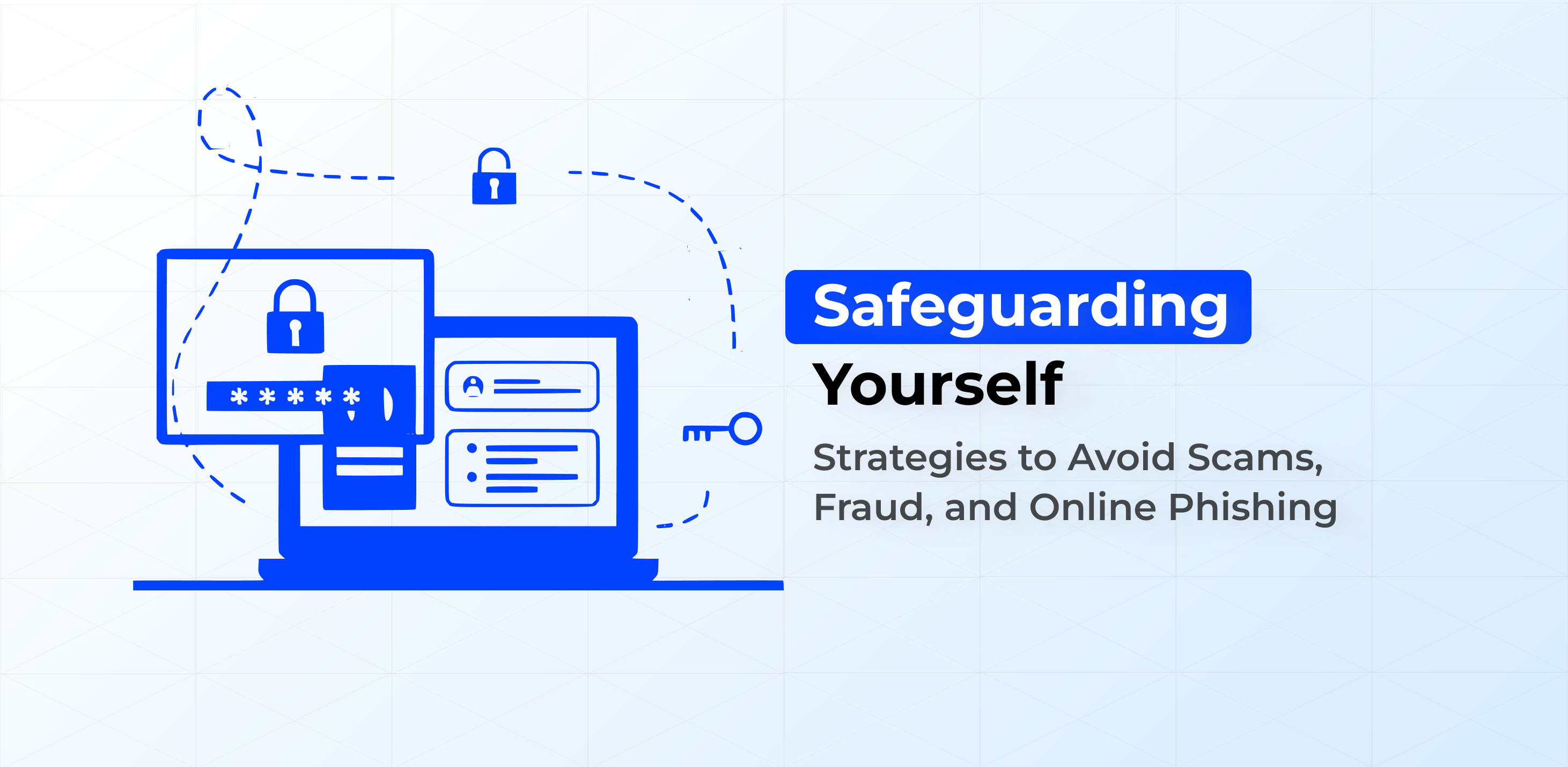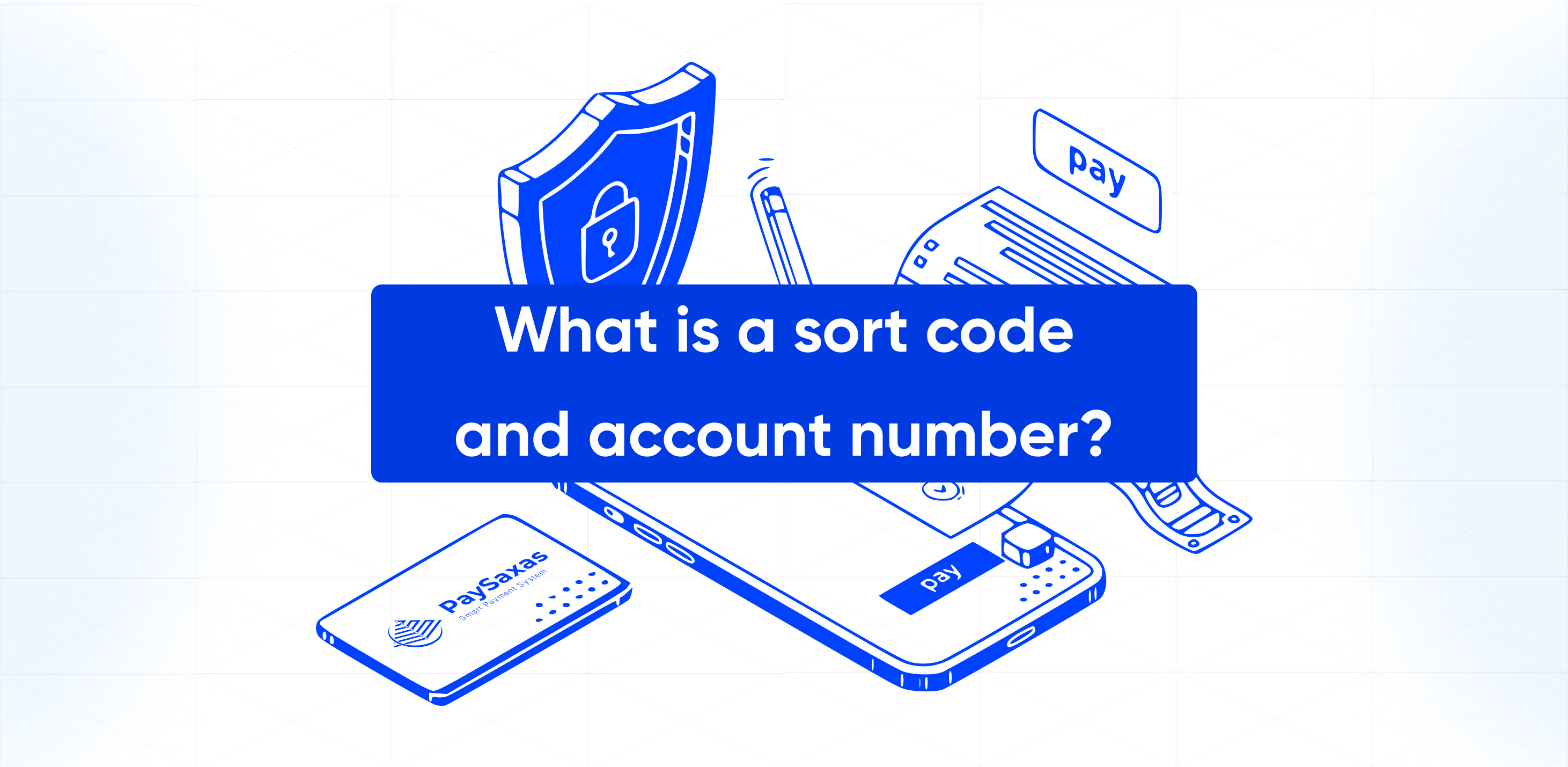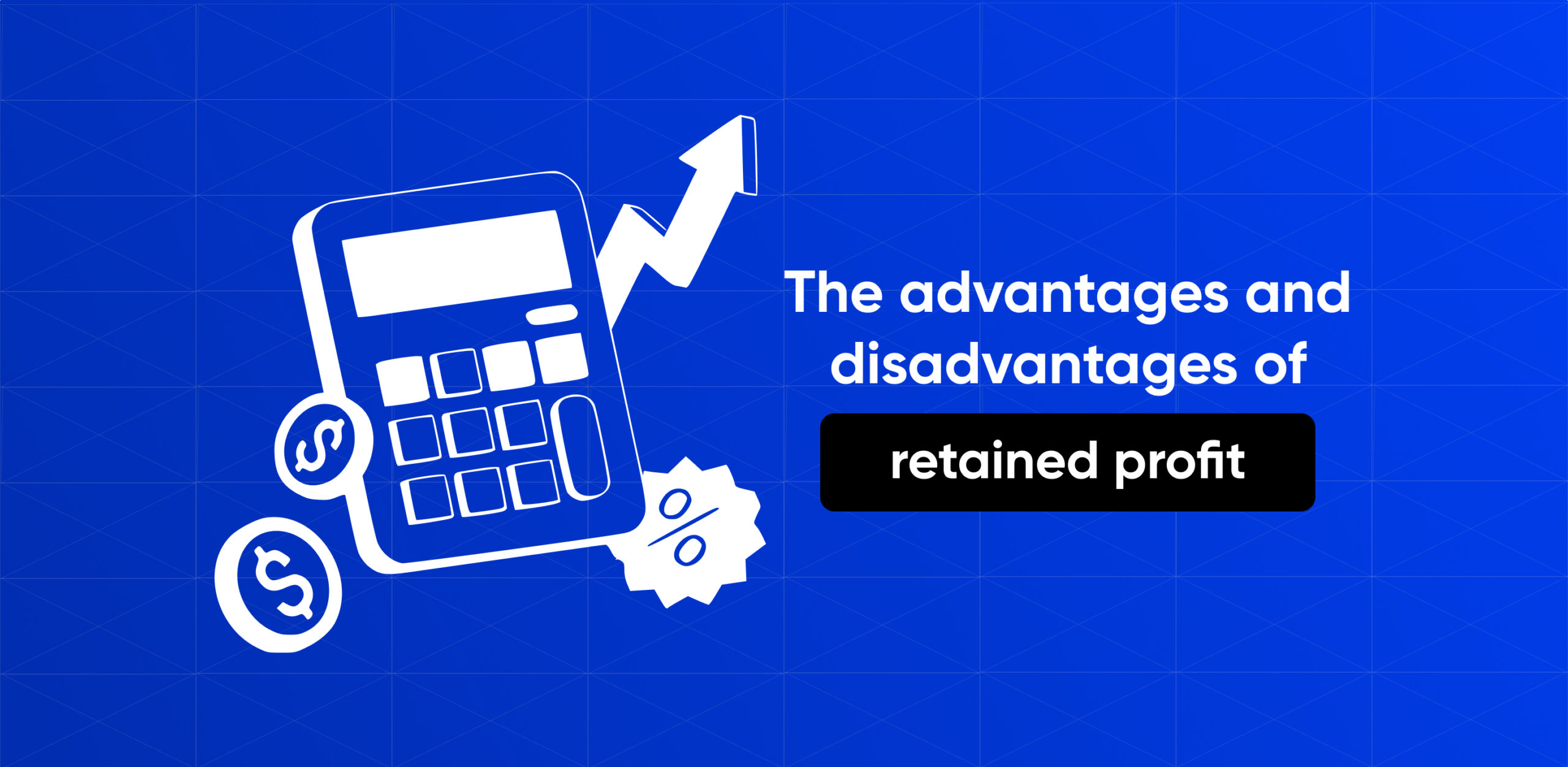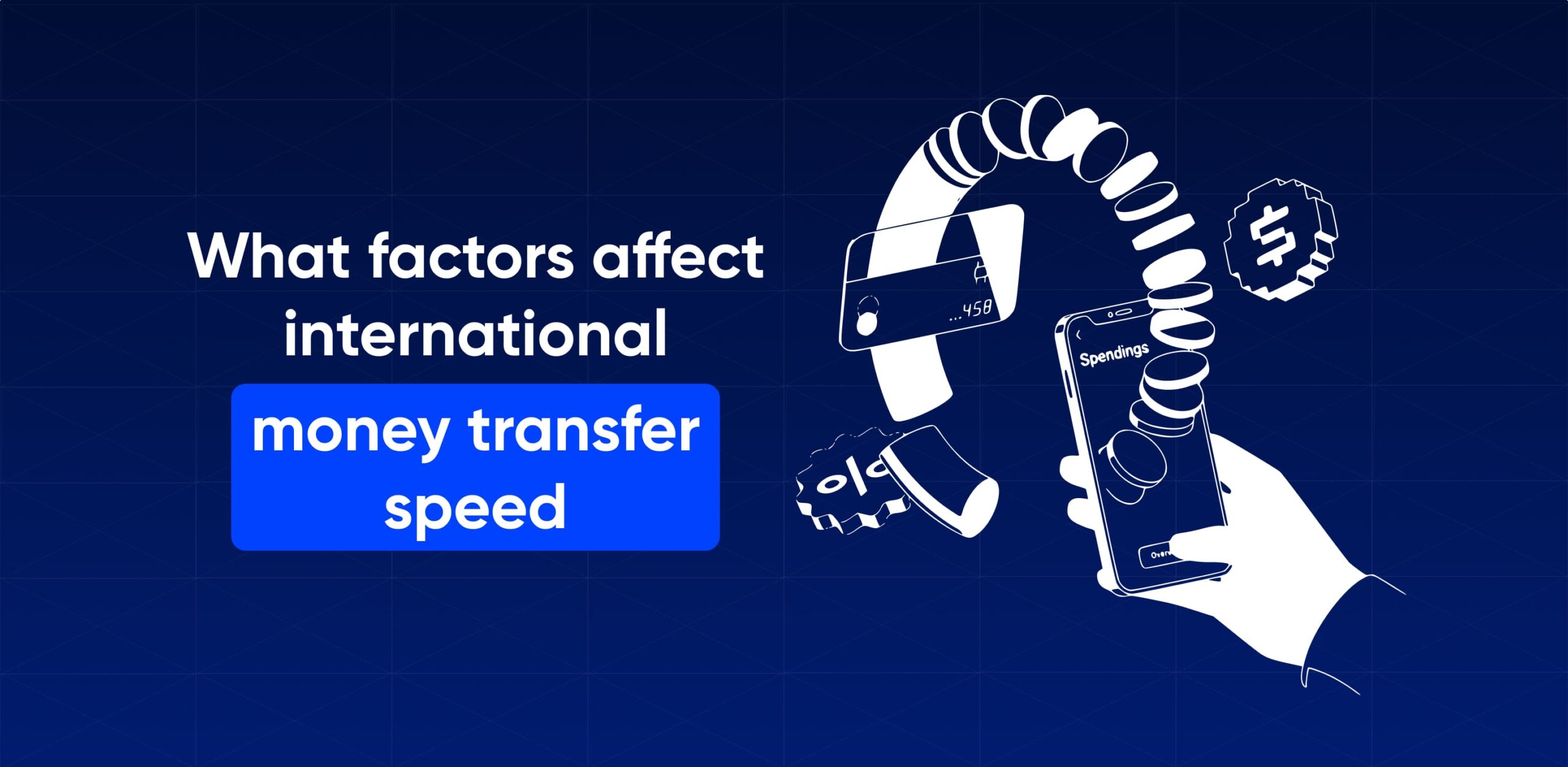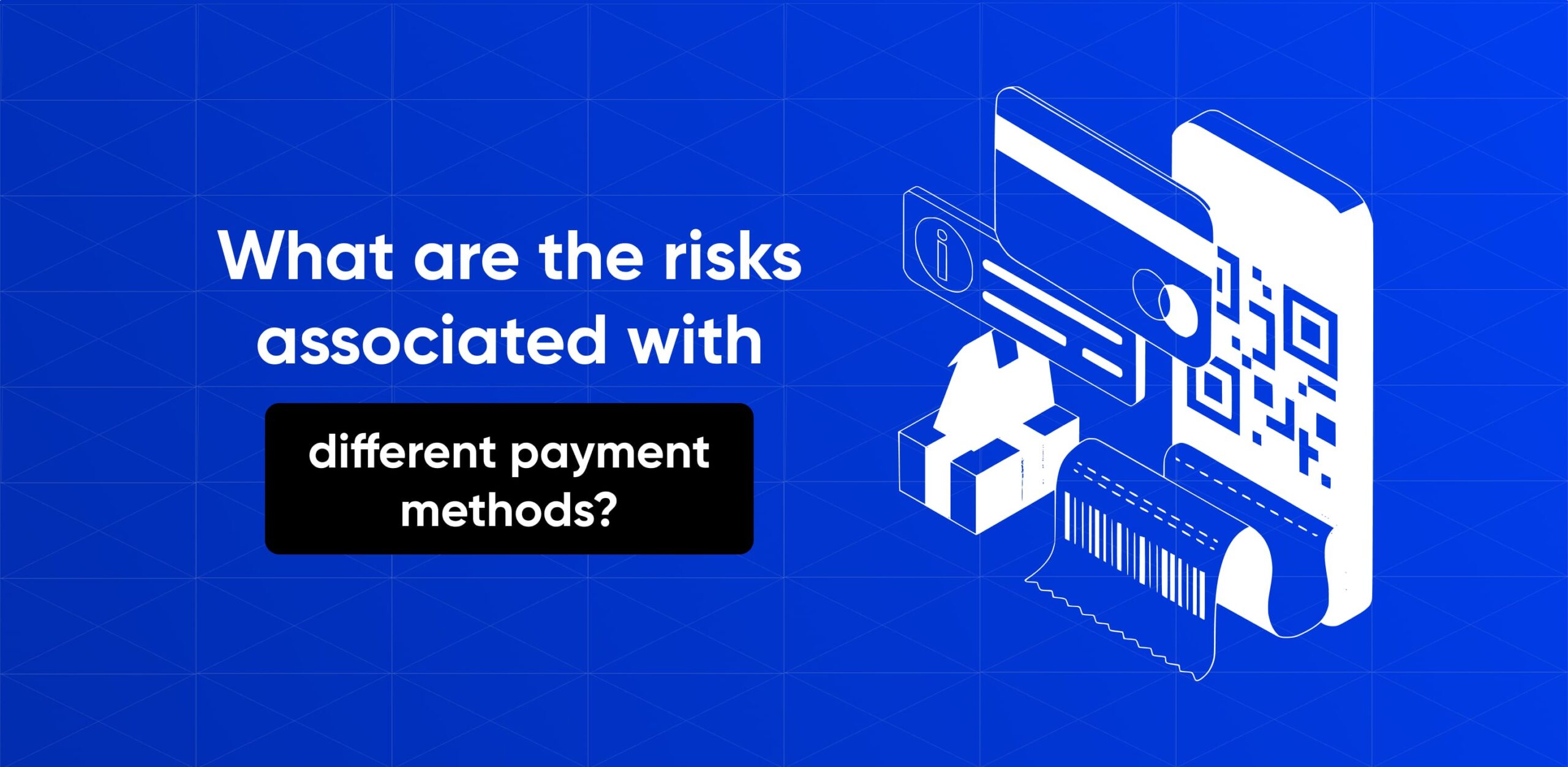New technologies and cybercriminal tactics continue to gain momentum. At every turn, we are threatened by the risk of data hacking on computer devices or mobile gadgets. More often than not, online attacks are accompanied by phishing activities aimed at stealing passwords, conducting fraudulent transactions, and employing deceptive maneuvers to inject malware into users’ messages.
This is a threat that both individuals and companies must be prepared to face today. And it doesn’t matter whether you’re a large enterprise or a small business; anyone can be a target these days. At this stage, the PaySaxas team is stepping in to help clarify these realities for the company’s clients and platform visitors.

Understanding scams, fraud, and phishing
First and foremost, it’s important to grasp the basics of what these concepts entail, their essence, and the threat they pose to businesses. Let’s proceed step by step.
What is a scam?
A scam occurs when someone employs a deceitful scheme online to defraud you of your money or another valuable item. Cybercriminals might reach out to potential victims via personal or work email accounts, social networking platforms, dating apps, or various other methods in an effort to acquire financial or other valuable personal information.
Numerous successful internet scams have similar outcomes: The victim ends up losing their own money or fails to receive the funds promised by the cybercriminal. In the worst-case scenarios, the victim may even lose their identity.
What is a fraud?
Internet fraud refers to the utilization of online services and software with internet access to deceive or exploit victims. The concept of “internet fraud” usually encompasses cybercrime activities occurring over the internet or via email, such as identity theft, phishing, and other hacking activities aimed at scamming individuals out of their money.
A significant portion of cybercrime now revolves around identity theft, which is a subset of identity fraud. Identity theft specifically involves the theft and misuse of personal identifying information of a real individual, as opposed to using a fictitious identity. This may entail the theft and misuse of personal identifying information from individuals, whether they are alive or deceased.
What is phishing?
Phishing scams are a type of cyberattack that has been around for years. Phishing scams typically begin with an email or text message that appears to be from a legitimate source. The message often prompts you to click on a link or download an attachment, which will then redirect you to a fake website that closely resembles the real one.
On this fraudulent website, you may be asked to enter personal or financial information, such as your username and password, credit card number, or social security number. Once this information is entered, scammers can then carry out the phishing scam.

How to identify a scammer
Scammers thrive on enticing targets with grand promises of fast and effortless money, seemingly requiring little to no effort on your part other than sitting back and raking in the profits. They understand that greed, fear, vanity, and even loneliness are powerful motivators, and they are adept at exploiting these emotional vulnerabilities.
Trust your instincts and don’t fall for the hype. Before you take any action online, ensure that you have all the information clearly, can assess it correctly at any given moment, and, essentially, know or trust these specific individuals. Let’s examine various scenarios.
- Do I recognize this individual? Numerous online scams are sent from or run by contacts you won’t be familiar with. The advance-fee scam, work-from-home scam, crowdsourcing scams, and various phishing scams all function in this manner. However, others depend on trust as a significant motivator. A long-distance romantic partner may not be as genuine as they claim to be.
- Has your data been stolen? Identity theft is a serious crime in which personal information (name, date of birth, address, social security number, etc.) is stolen. The purpose of the theft is to then perform actions on behalf of the victim, such as opening bank accounts, obtaining credit or other benefits, making purchases, taking over online accounts, etc. Unfortunately, victims of fraud usually discover it when they receive notifications of purchases, credit card charges, loans, or credit card applications that they didn’t initiate themselves.
- To whom are you transferring funds? Payment scams share a few common characteristics, including: urgency (the transfer needs to be made immediately); the person contacting you is unfamiliar, and you have not had prior contact with them (they may claim to be a company, lawyer, customer service representative, etc.).
There are many instances where it becomes evident that fraudulent attempts are being made involving you. It’s important not to get overwhelmed and to react promptly.

Tips to stay safe
We can all agree that online security is very important. But it can be difficult to scrutinize every email, website, click, or message you receive online. So you can use a simple list prepared by PaySaxas experts to avoid online scams.
- Use strong, unique passwords for each account for both bank accounts and profiles on other platforms.
- If you find a suspicious message in your mail, use the “Spam Report” button in your inbox.
- Enable two-factor authentication where possible.
- Check the sender and domain before replying to an email.
- Check for grammatical and spelling errors, excessive formatting and intrusive email requests.
- Delete accounts you no longer use.
- Keep antivirus software and firewall turned on.
These are fundamental steps that will prove useful in the daily use of work tools. There is no guarantee that nothing will happen to you, but practicing online hygiene is beneficial for resolving many daily challenges.
What to do if you realize that you are being subjected to such actions
Numerous cunning fraud schemes exist, and criminals are continually devising new ones. Therefore, despite your best efforts, you may become a target. If you suspect you have fallen victim to a scam, using a fraud detection system, follow these steps to safeguard yourself against phishing:
- Over the next few weeks (and even months), carefully check your online bank statement for suspicious transactions.
- In the next few weeks, carefully check your email for suspicious messages.
- Run an antivirus scan of your system and check for infections. Make sure the latest updates are installed for system and antivirus software.
- Immediately change account passwords, PINs and security control questions for both banks and other systems/platforms you use for business.
These are fundamental steps worth taking. Remember, every situation is unique. Be prepared for these new realities and set things up in advance to make it difficult for third parties to reach you.
Final words
Scams pose a serious threat that everyone should be aware of. By remaining vigilant, using two-factor authentication, keeping your software updated, utilizing a VPN, and educating yourself, you can protect yourself from these scams and stay safe online.
Remember, it’s always better to be safe than sorry when it comes to your online security. Every time, be careful and ask the right questions before you click, upload, reply or share any data. Stay tuned for the latest news from PaySaxas experts to keep updated on changes and improvements in online security and fraud prevention.


